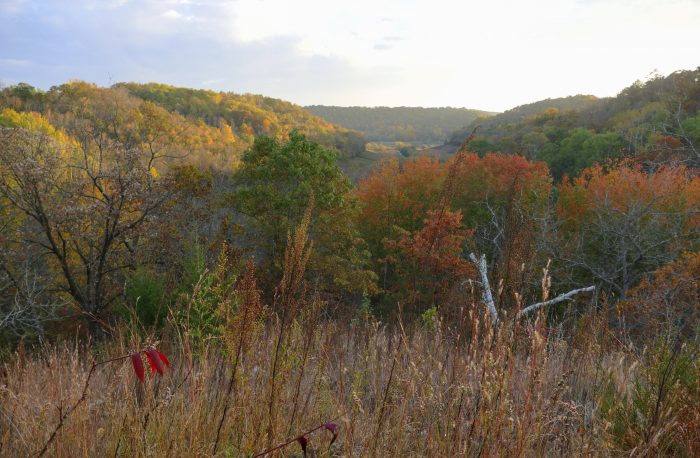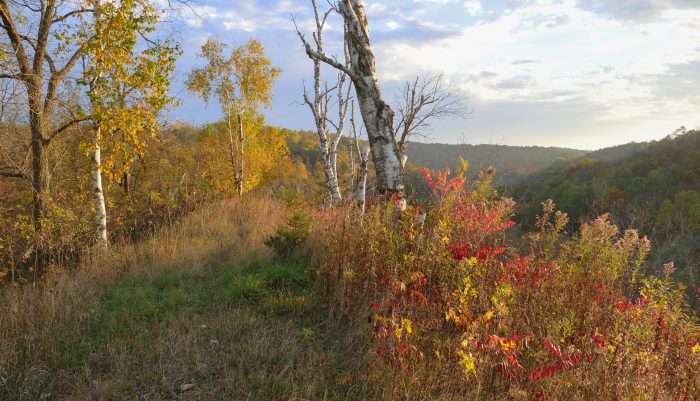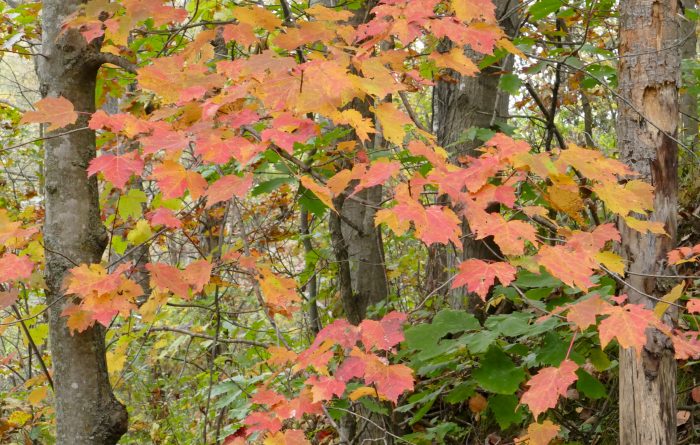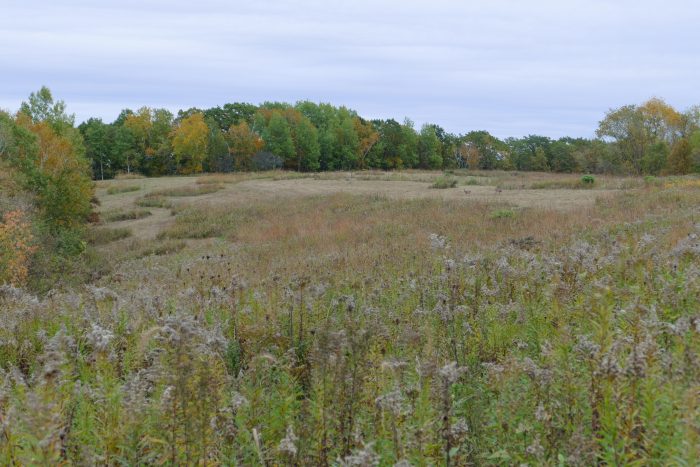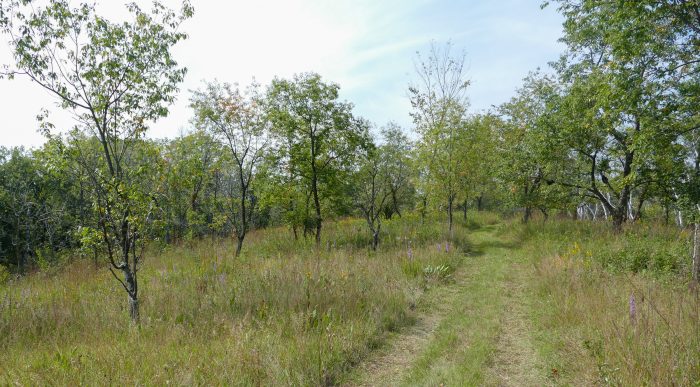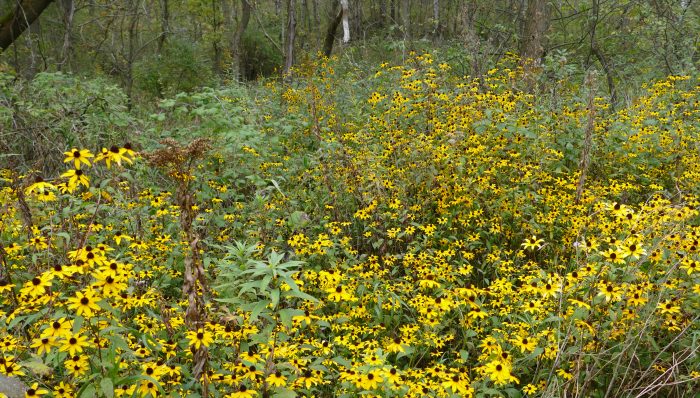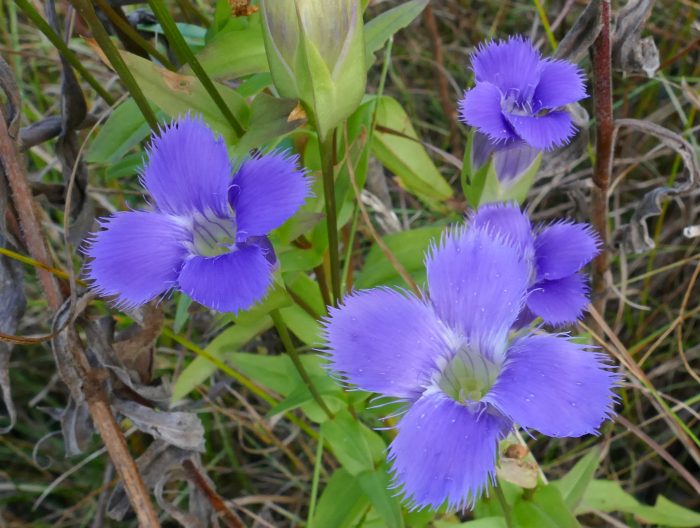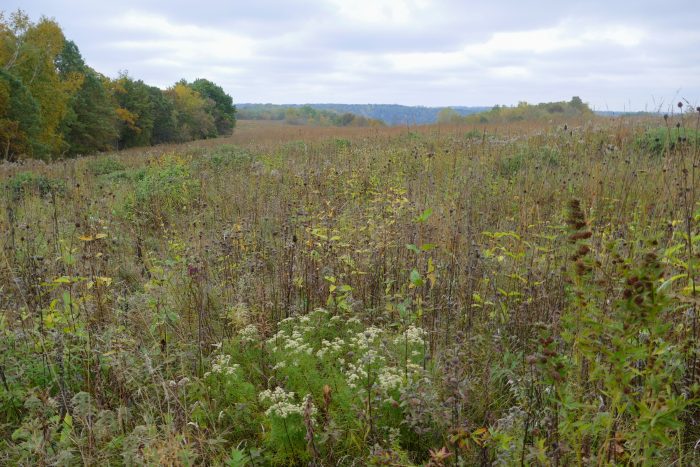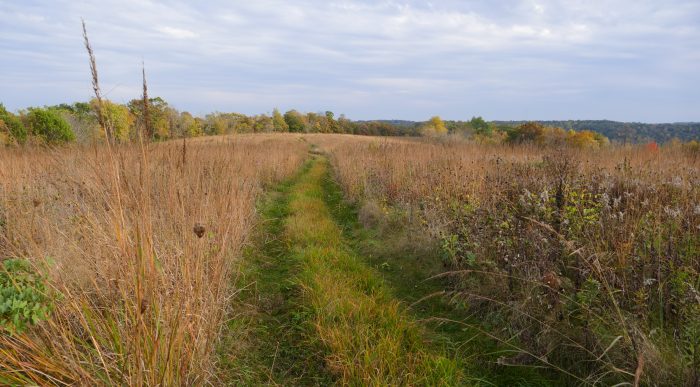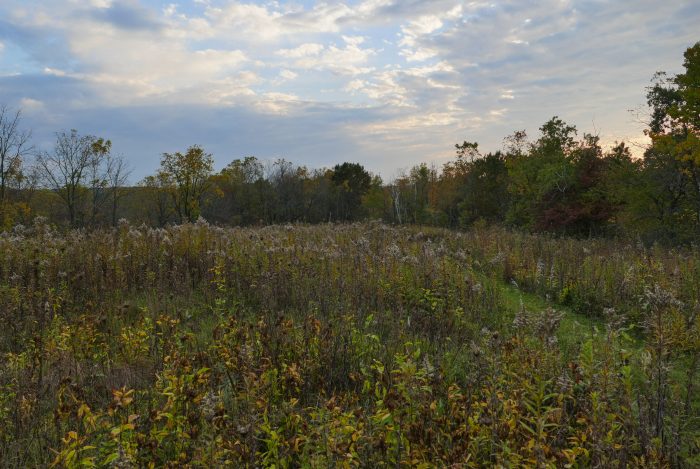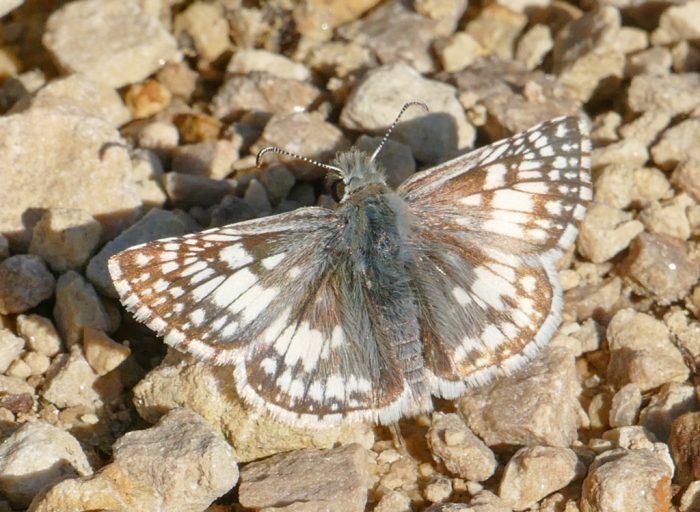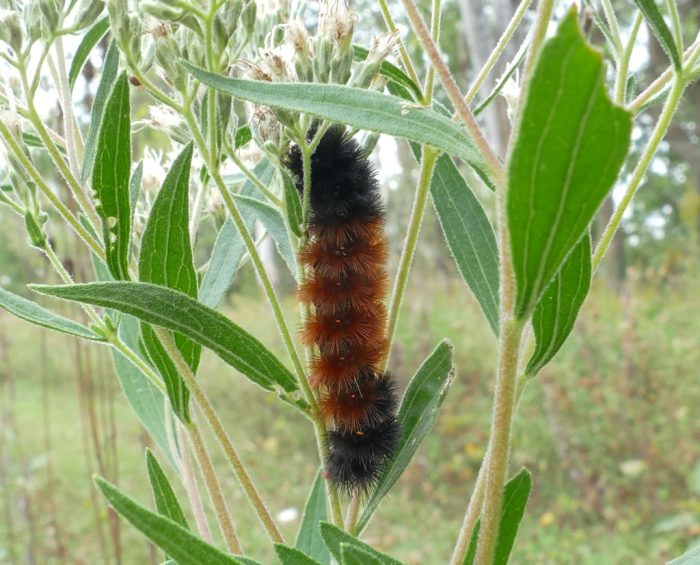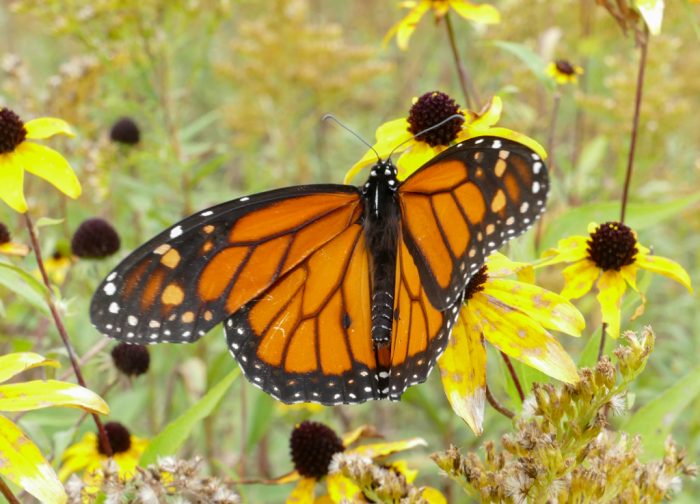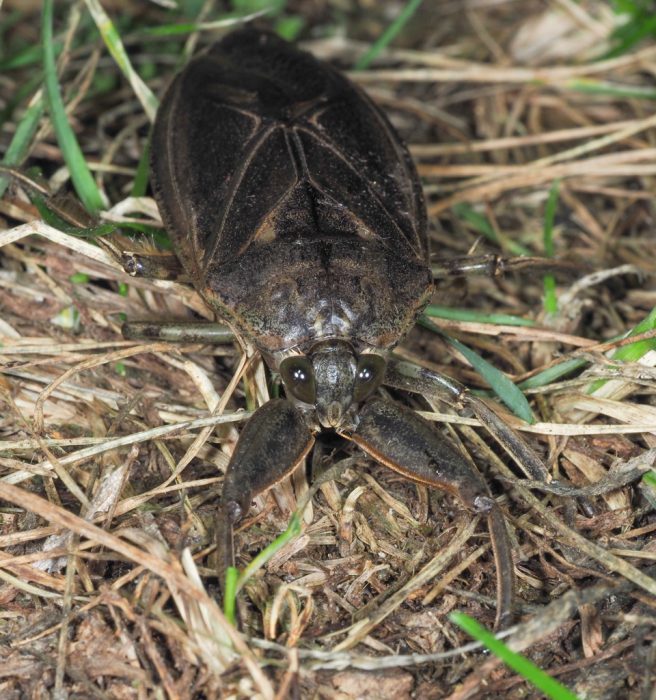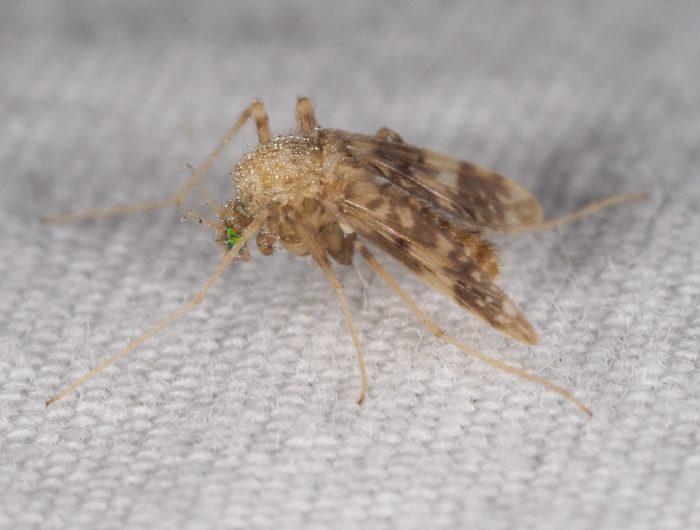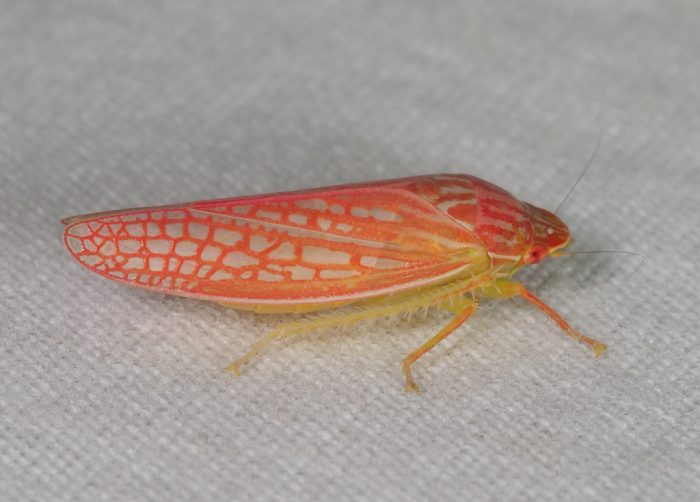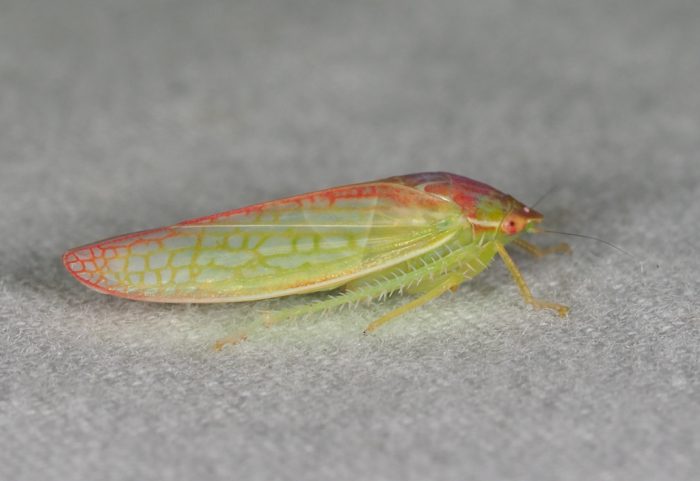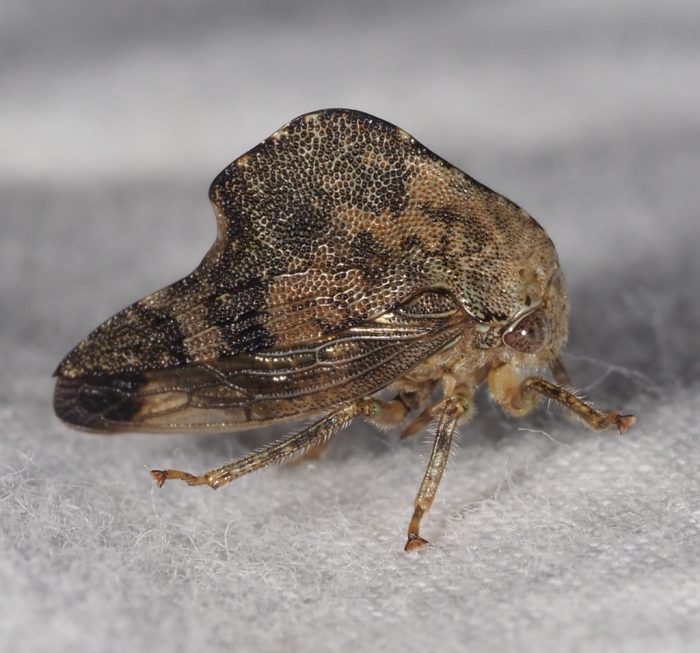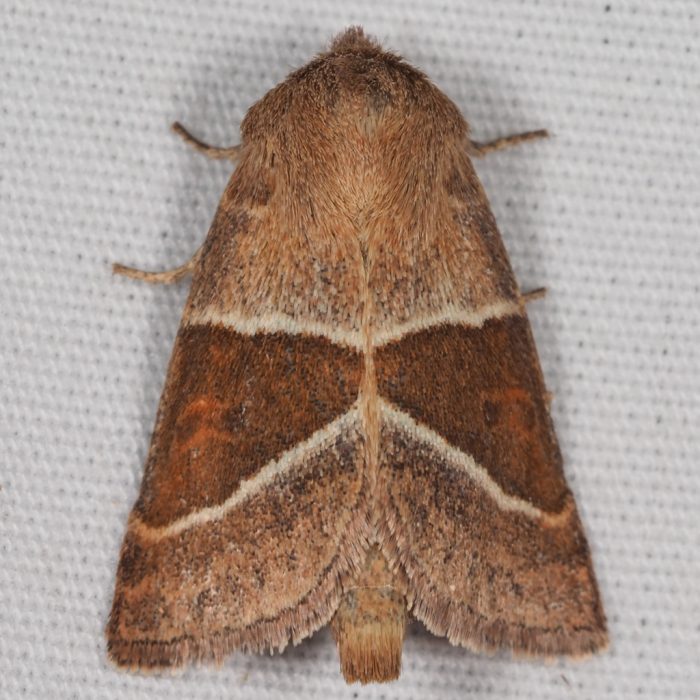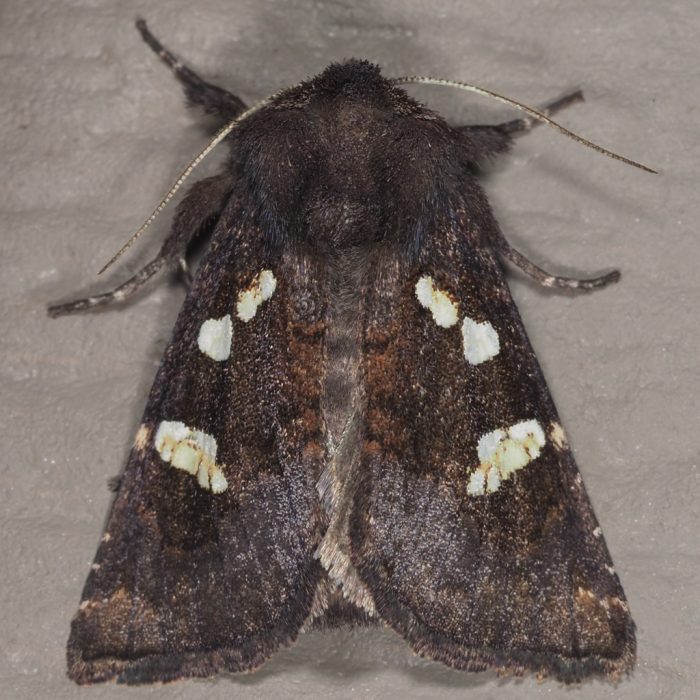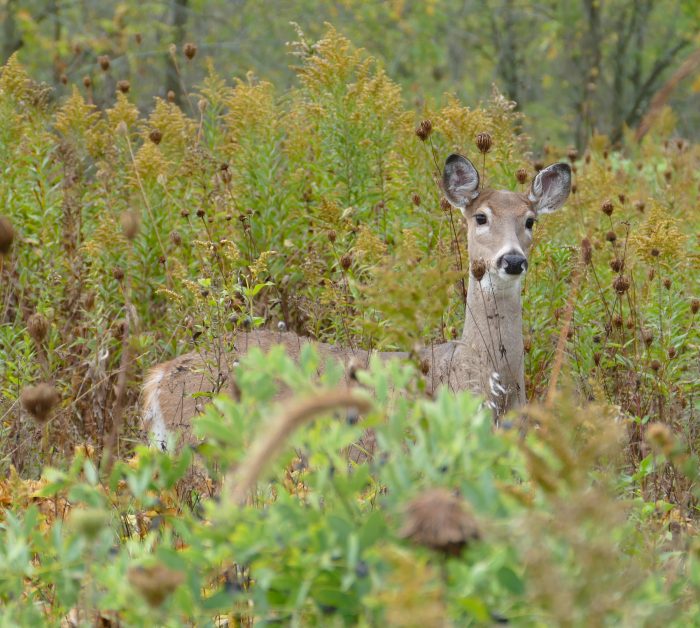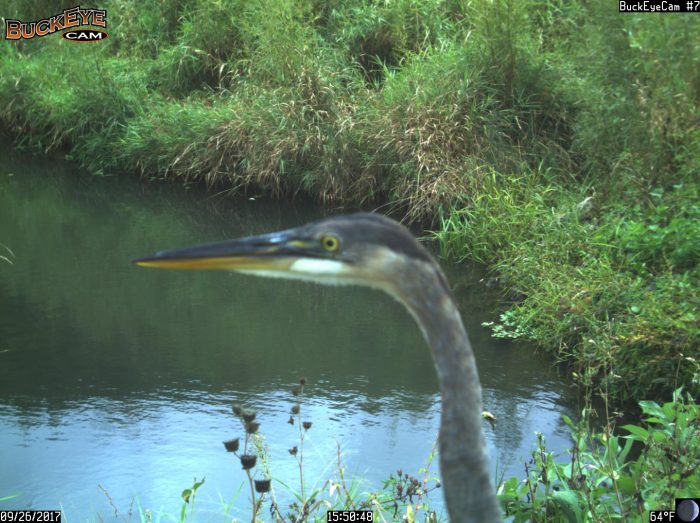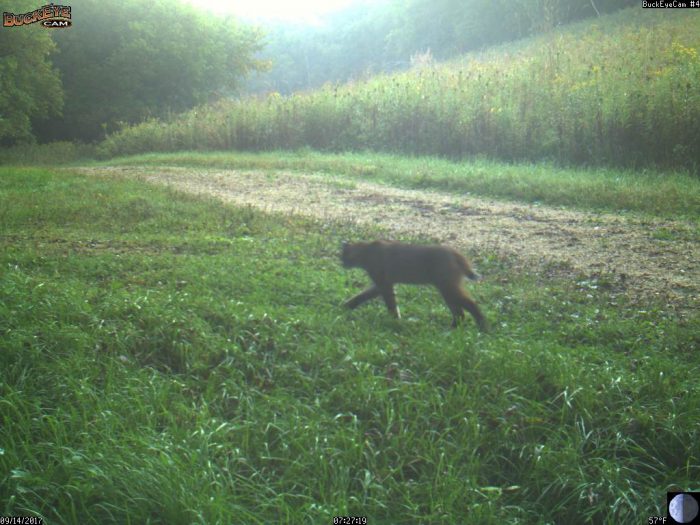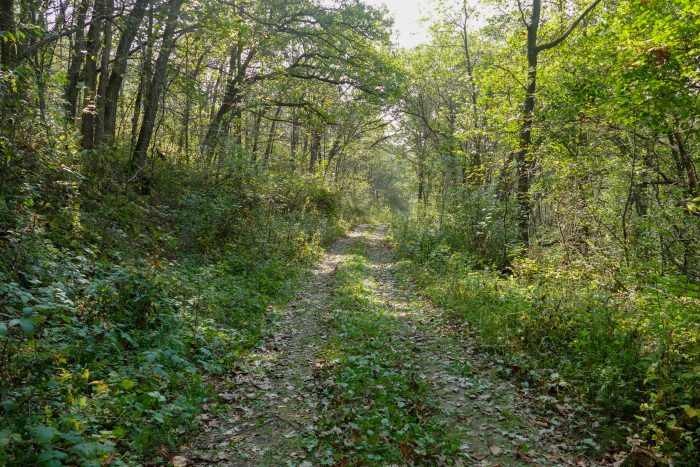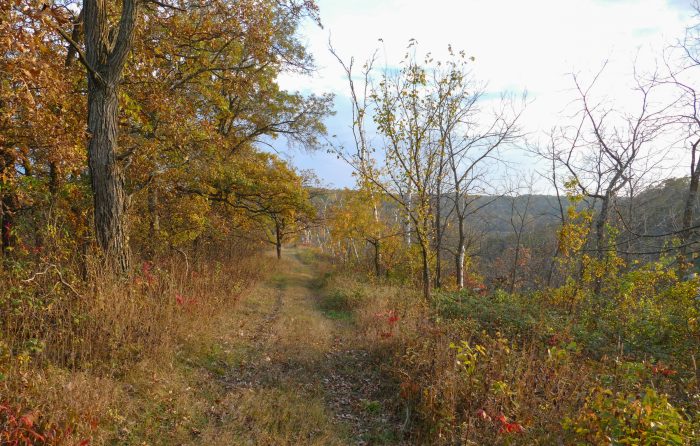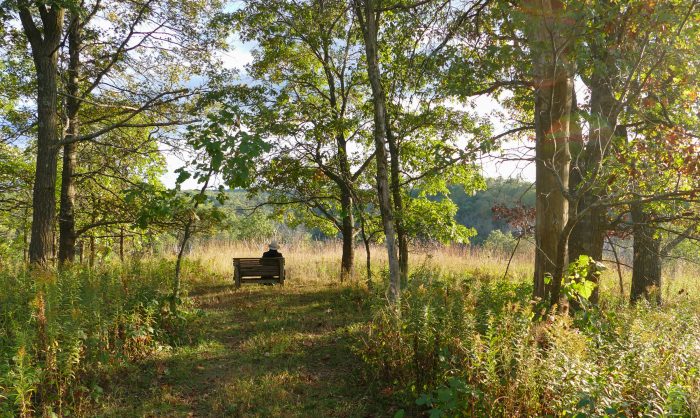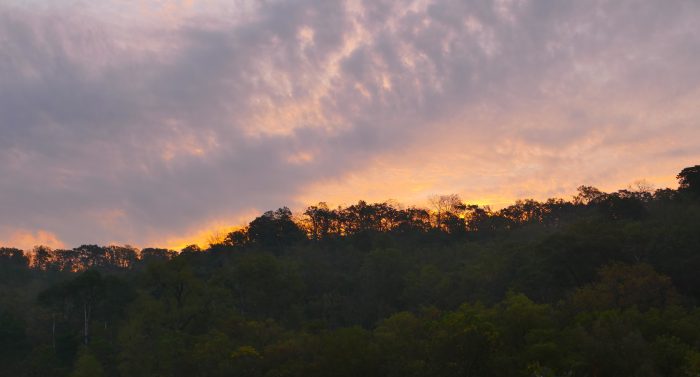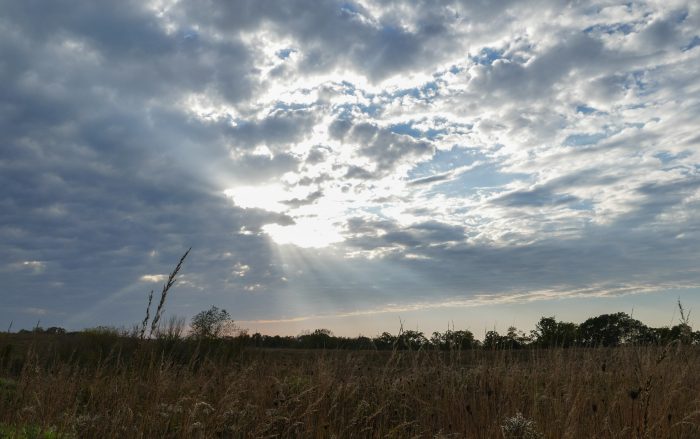The fall colors have arrived, and now the changing temperatures have brought rain, and misty, cloudy days. It looks like this week will be sunnier, so maybe we can get some more outside work done.
(I’ve enlarged the photos even more, so click on them if you want to see really large versions.)
View down Center Valley from the Knife Edge Point
The Knife Edge
Most of the maple trees we have here are Red Maple. They grow as isolated trees in our mostly oak woodland, so as we walk through the woods, or look out at the hillsides, we see scattered spots of brilliant color.
Mike and I just finished our early fall projects. Mike’s was mowing aspen sprouts that grow up every year in the Narrows Prairie. We’ve been mowing them for years, and every year there are fewer, but they never go away.
This is a view looking east across some of the mowed spots. Mike tries to leave as much prairie vegetation as he can – as refuges for insects and small animals. Braver animals – like deer – prefer the mowed places.
Now we’re getting ready to work on some clearing projects together. One is to cut down the small trees – apple and black cherry in the middle, walnut and birch at the edges – on the Knife Edge Prairie remnant.
This is the ‘before’ picture of the Knife Edge Prairie – from a few weeks ago. It’s a mesic prairie that has recovered beautifully since we started mowing it every spring, many years ago. Cutting the little trees will give the prairie plants more sun, make it easier to mow, and we’ll be able to see back to the old oaks that circle around the edge.
There are still a few flowers blooming. Brown-eyed Susans last late into the fall.
Fringed Gentians are blooming in the wetland.
But most of the prairie plants are making seeds and turning brown.
Buffalo Ridge Prairie
Buffalo Ridge Prairie
Cat’s Paw Prairie
I’m finally seeing a few Common Checkered Skippers. These butterflies don’t live in Wisconsin all year – they migrate up from farther south. I usually see them here late in the summer.
Most people see Wooly Bear caterpillars walking across roads and sidewalks in the fall. At that point they’re just about ready to find a place to hide for the winter. They spend the winter as caterpillars, so they wander around and eat until it’s too cold, and then reappear to wander and eat more as soon as the weather warms in the spring. They’ll eat many different kinds of plants, and they seem to especially like flowers. This one is eating the flowers of Tall Boneset.
We saw migrating monarchs until the very end of September. This one was from Sept 27th. It has a damaged wing, so I don’t think it will make it all the way to Mexico.
There aren’t as many moths at my lights these days – the nights are just too cold. But I’m still seeing interesting creatures.
Giant Water Bug – these are huge and scary looking – about 5 inches long with wicked looking pincers. They can bite, so I don’t get too close.
This is a tiny midge, with green eyes and speckled with dew.
These two Planthoppers are the same species – but individuals come with different amounts of red and green.
This is another kind of hopper – a Treehopper.
Fingered Lemmeria – a moth I’ve only seen once before
This is one of the Borer Moths – Culver’s Root Borer. The caterpillar bores its way into the stem of a Culver’s Root plant, and lives there, eating, until it pupates.
Doe in the Cats Paw Prairie
Great Blue Heron eyeing fish in the creek
This bobcat walked by one morning while I was drinking my coffee. I missed seeing it because I was looking at my computer screen, not out the window.
Western Road – one of our main trails up to the top
The Knife Edge Point
I take this photo every year – of Mike sitting on our favorite bench. It’s about half way through our afternoon walk, so most days we stop here to take a rest and enjoy looking out across our land.
The sun coming up over Sumac Ridge
Sunset over Western Prairie

